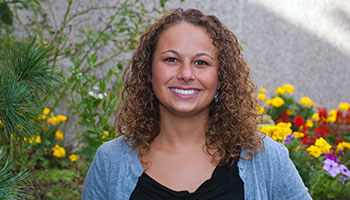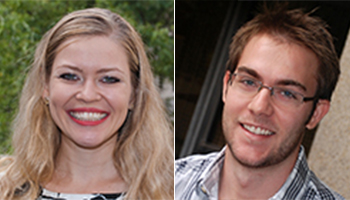
Congratulations to Jeremy Grenier and Julia Svedova


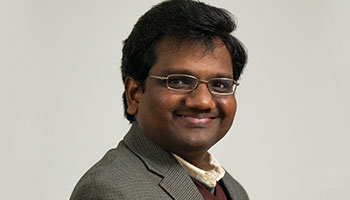
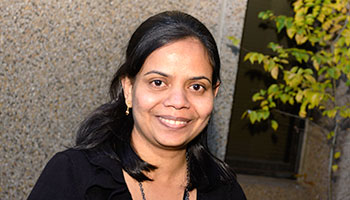
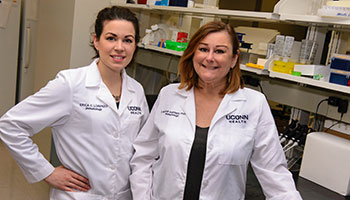
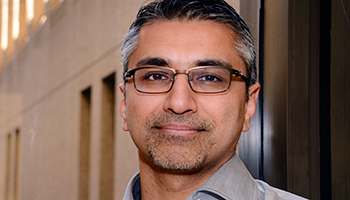
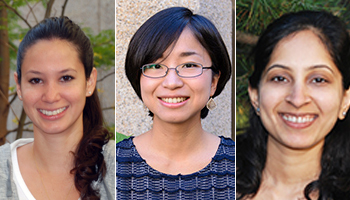

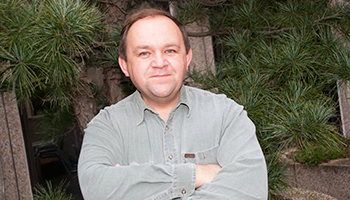
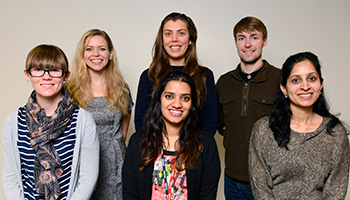
September 2016
The Society for Leukocyte Biology’s 40th annual meeting in Verona, Italy.
In conjunction with the Neutrophil 2016 meeting, Ms. Svedova presented her work at a section entitled, “Enabling Technologies for Leukocyte Research”.
September 2016
Ms. Masters received a HCRAC travel award to attend the 2016 Northern Immunological Mountain Society Conference held in Bolton, Vermont, September 9-11.
September 2016
The 2016 Northern Immunological Mountain Society Conference held in Bolton, Vermont.
Mr. Keilich presented his research entitled, “Aging augments the impact of influenza respiratory tract infection on mobility impairments, muscle-localized inflammation and muscle atrophy.”
October 2016
2016 International Society for Vaccines (ISV) Congress Conference in Boston, M.A.
Ms. Shinde received the ISV Presidential Travel Award for the 2016 ISV Congress.
October 2016
American Association for Cancer Research (AACR) – Tumor Immunology and Immunotherapy Conference in Boston, M.A.
Dr. Mittal received a Scholar-In Training Award. This event provided a unique opportunity for the authors of highly rated abstracts to present their work to an audience of researchers from around the world. As the sixth in the series, this conference will continue to provide a forum for the effective exchange of ideas among basic cancer immunologists, non-immunologists and clinical oncologists, from academia to industry.
October 2016
Ms. Masters received this scholarship provided by the NIH for the Short Course on Systems Genetics held at the Jackson Laboratory, Farmington, C.T.
October 2016
New England Immunology Conference held in Woods Hole, M.A.
Ms. Cicek’s poster was entitled, “Discovery of a novel subset of lung resident macrophages that regulate pathogen clearance and immune homeostasis after respiratory infection”.
October 2016
New England Immunology Conference held in Woods Hole, M.A.
Ms. Banerjee’s poster was entitled, “A Novel Function of the AIM2 Inflammasome in Type I Interferon Regulation”.
November 2016
2nd Annual Northeastern Glenn Meeting on the Biology of Aging, Yale University, New Haven, C.T.
Dr. Bartley’s talk is entitled “Aging augments the impact of influenza respiratory tract infection on mobility impairments, muscle-localized inflammation, and muscle atrophy.”
